Wroclaw, Poland, pronounced something like VROH-waff, is located in the historic region of Silesia. The city has a 1,000 year history as a major European trading center on the River Oder. In the Middle Ages, Wroclaw was considered one of three capitals of the Kingdom of Poland (1025-1385). However, the town was primarily occupied by German inhabitants since the 1200s and known in German as Breslau from 1259.
The trading route location on the River Oder made Breslau a major center of commerce. Breslau joined the Hanseatic League, and over the centuries was part of the Holy Roman Empire, Bohemian Kingdom, Kingdom of Hungary, Austrian Habsburg Empire, Prussia and Germany.
In the 18th century, Breslau was the most important city in Prussia behind Berlin. The industrial revolution and manufacturing transformed Breslau in the 19th century into one of Germany’s most important cities. At the end of World War I, Breslau was only about 3% ethnic Poles.
Fierce fighting for four months in 1945 at the end of World War II in the siege of Breslau, then a city of one million residents and refugees, in an attempt to fend off Russian troops advancing through the German homeland resulted in 70% of the city being destroyed. Breslau surrendered on May 6, 1945, one day before Germany’s unconditional surrender.
After 700 years of Breslau being primarily a German city, the Russians demanded during the Potsdam Conference of 1945 to shift the former border of Poland west by some 200 kilometers making Silesia part of Poland. At the same time, Poland’s eastern border was also shifted west, resulting in Lwow, the third largest city in Poland before World War II, becoming Lviv and part of the Soviet Union, and in 1991 independent Ukraine.
In post-war resettlement, Germans of Breslau were relocated to Germany and tens of thousands of Poles from Lwow were relocated to Breslau, renamed as Wroclaw in post-war Poland.
Today, Wroclaw is the fourth largest city in Poland with a population of 640,000.
Most of my time in Wroclaw was spent walking around the banks of the Oder River, Cathedral Island and Old Town.
Google Maps – Wroclaw, Poland.
Staying at Radisson Blu Wroclaw placed me on the opposite side of the Oder River from Cathedral Island, Ostrów Tumski, the oldest part of the city.
Wroclaw Cathedral or Cathedral of St. John the Baptist was consecrated in 1272. The Siege of Breslau in 1945 resulted in 70% destruction to the cathedral.
The cathedral was reconstructed with the main phase completed by 1951, however, the towers were only completed in 1991.
Cathedral Island is home to five medieval churches.
Church of the Holy Cross/St. Bartholomew’s (consecrated 1295).
The sculpture of John of Nepomuk (1345-1393) was constructed in 1732 and has a connection to Prague. He was educated at Prague University and legend says he was the confessor to queen of Bohemia under King Wenceslaus IV of Bohemia (Czech Republic). The king, angry at the priest’s refusal to divulge what his queen confessed, ordered John of Nepomuk to be executed by drowning. His body was tossed off Charles Bridge in Prague and he drowned in the Vltava River. His refusal to violate the Seal of the Confessional by sharing what is said to a priest during Confession resulted in John of Nepomuk being canonized in 1729. Statues of John of Nepomuk are characterized by a halo of 5 stars. He is the Bohemian patron saint for protection against drowning and floods.
Tumski Bridge across the Oder River in Wroclaw, informally known as Lovers Bridge, is a pedestrian access bridge to Cathedral Island.
Its metal framework is covered in thousands of locks. There are even vendors selling key locks beside the bridge if the impulse hits you.
The Orange Alternative (Polish anti-communism movement)
The Orange Alternative was an underground peaceful anti-communism movement started in Wroclaw in the 1980s. Its objective was to demonstrate peaceful opposition to the Soviet-backed communist regime through nonsensical and absurd art.
Artist, activist and founder Waldemar Fydrych initially painted an orange dwarf on the side of a residential building in Wroclaw in 1982 on a freshly painted surface covering up an anti-government slogan. The action sparked public interest and participation. Before long there were more than a thousand orange dwarfs painted on buildings across Poland.
The Orange Alternative is considered a contributive factor, along with the Polish labor movement, Solidarity, in bringing down the communist regime in Poland in 1989.
On June 1, 1988 an Orange demonstration attracted more than 10,000 marchers wearing orange hats with signs stating, “There is no freedom without dwarfsâ€.
The dwarf, more commonly referred to as gnomes of Wroclaw in English, developed from a sign of protest to a commercial and tourist attraction entity for the city. The most popular tourist activity in the city is track down and photograph gnomes.
There are more than 400 dwarfs/gnomes around the city. I found them kind of hard to spot simply walking around the streets. They are really tiny sculptures. There is a Wroclaw Dwarfs app to help.
Tumski Bridge Gnome.
Cathedral Island gnome.
Wroclaw University academic gnome.
Wroclaw Oder River on cold January afternoon.
There are many islands in the Oder River and numerous bridges in Wroclaw.
Knowing pub prices seemed higher than average in Old Town, I walked for around 30 minutes away from the Old Town area, but it was less attractive and there were few interesting pubs I came across. I turned around and headed back to Old Town, where I would at least be around more people and open businesses on a Sunday afternoon.
University of Wroclaw
University of Wroclaw was founded in 1702 as University of Breslau and was considered one of the great institutions of higher learning in Germany. Following the boundary changes of Poland after WWII, much of the faculty and materials from University of Lwow (Lviv, Ukraine) and University of Wilno (Vilnius, Lithuania), both formerly Polish institutions, relocated to University of Wroclaw.
University of Wroclaw is a couple blocks from Old Town Square.
The clarity of light in Wroclaw on a clear Sunday afternoon afforded brilliant colors on painted buildings.
At University of Wroclaw I happened by an English language FreeWalkingTour.com small group of about 10 tourists.
I enjoyed a similar tour in Bratislava, Slovakia last September. I joined the group, and unfortunately, ended up returning to Tumski Bridge and Cathedral Island for a second round, but with more information.
The following night I came across the FreeWalkingTour group in Krakow, Poland. In a couple weeks I will be in Warsaw and Gdansk and plan to check out their FreeWalkingTour.
The FreeWalkingTour ended back at Wroclaw Cathedral.
The tour delayed my lunch by 90 minutes and I was ready for a Sunday afternoon beer. Back into Old Town, I looked for a new happening pub, like I had found the night before.
I walked around and around looking for an interesting place and eventually settled for a quick meal at an Asian noodle place, where the Polish woman spoke minimal English and the menu was not in English. We eventually worked out my order and I almost got what I wanted, with the exception of being served rice instead of noodles.
In need of a beer after a spicy meal, I walked into a cool looking pub Academus, nearly empty except for a couple drinking near the door. I ordered an unfiltered Staropramen and when I went downstairs to use the toilet, I found an empty room and an AC power outlet. This provided an opportunity to refresh my iPhone battery and quench my thirst.
I continued my search for cool looking pubs and I found a few. What I did not find were any happening pubs. On an early evening Sunday, every pub I came across was empty or had only one or two patrons.
Wroclaw Old Town Square
Wroclaw was a sleepy city on Sunday night in contrast to the vibrant energy of Saturday night.
Never ending winter season Christmas in Wroclaw.
The night was cold with temperatures in the 20s, the pubs empty and boring.
Numerous coffee shops in Old Town were packed with young people working on computers. I felt like this university city had transitioned from weekend party madness back to the grind of a working week.
I picked up a couple 500 ml bottles of cold Lech beer at a corner market for 2.90 PLN each and headed back to the Radisson Blu Wroclaw for the night.
The next morning I bought a PolskiBus ticket for 15 PLN ($3.75) and traveled to Krakow on a 3-hour bus trip.
SkyTower Wroclaw (2012) is the tallest building in Poland at 206 m /676 ft.
Wroclaw Glowny train station.
Monday morning’s brown haze in Wroclaw introduced me to Poland’s notorious coal fueled air pollution. By the time I reached Krakow at 3pm in the afternoon I had passed through areas with an air quality index exceeding 250 AQI, a very unhealthy air quality reading. I had not experienced that kind of air pollution since Los Angeles in the mid-1970s.
Next stop Krakow, Poland.
Â
Â


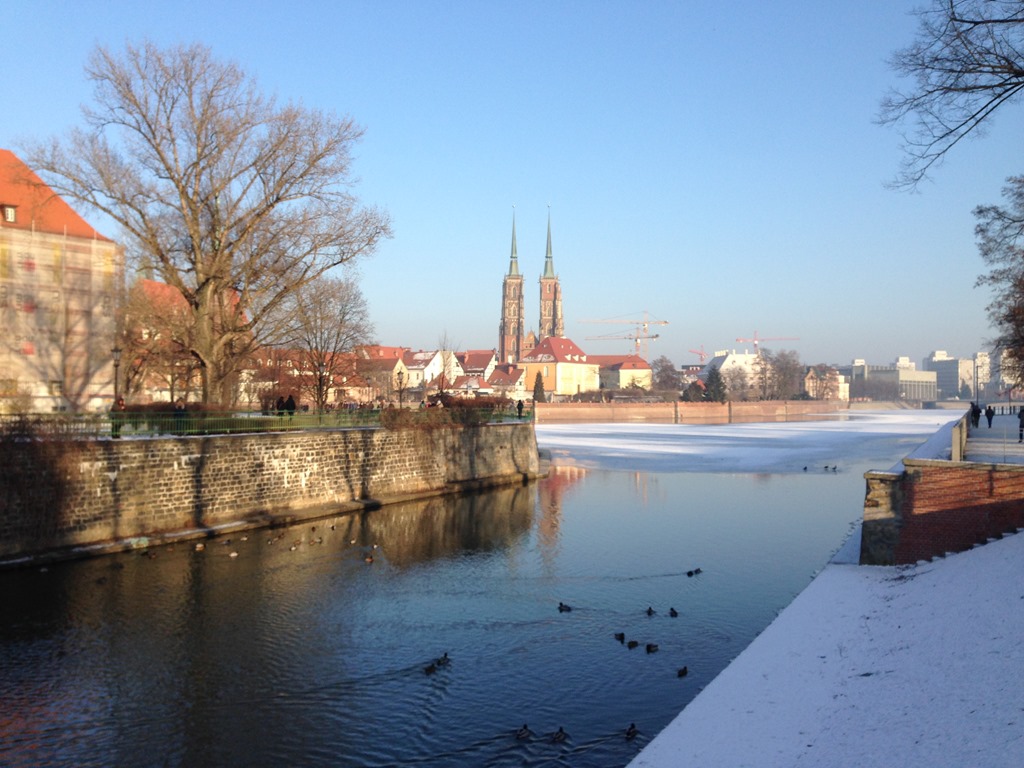
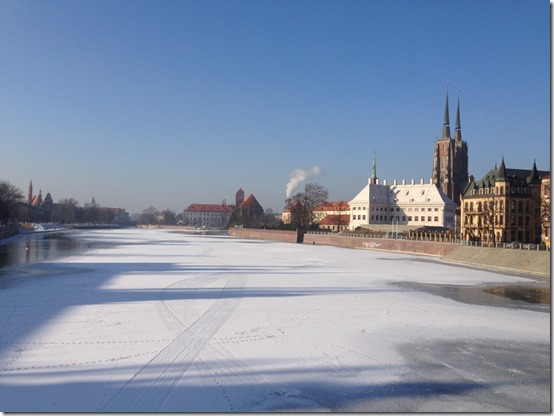
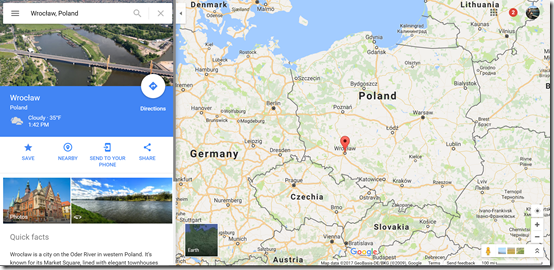
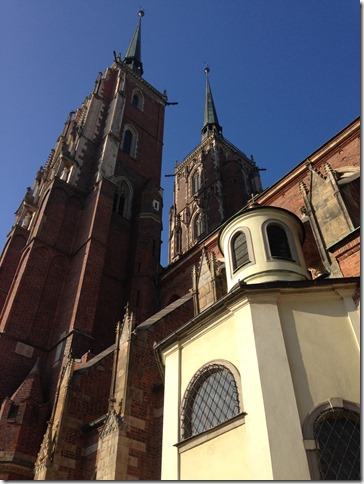

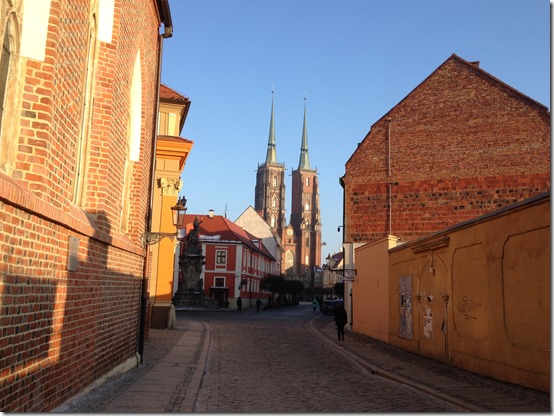
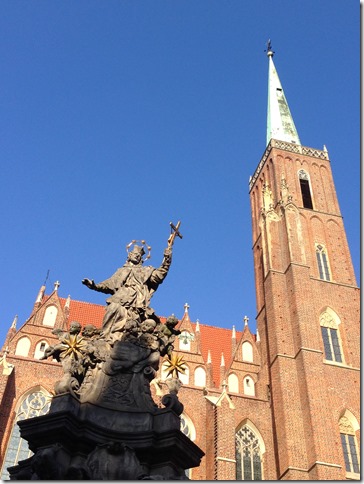
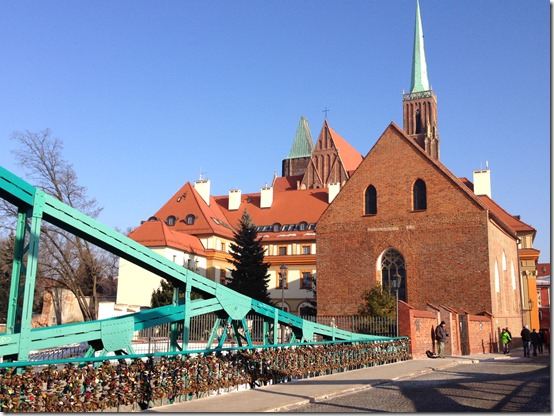
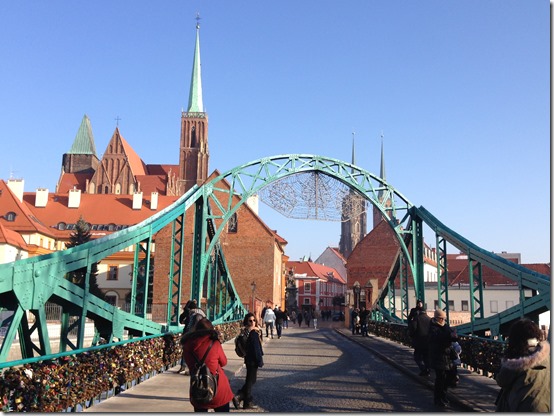
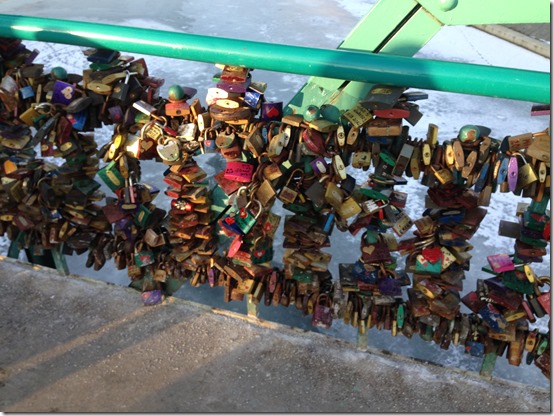

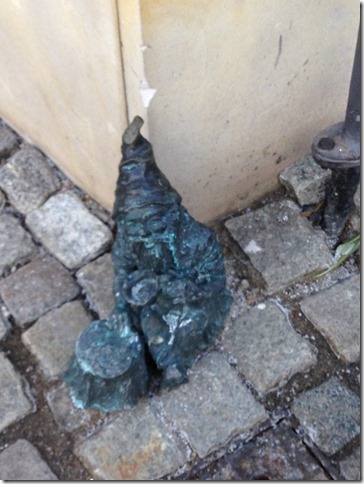
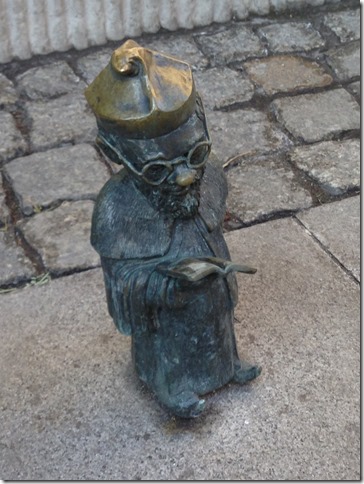
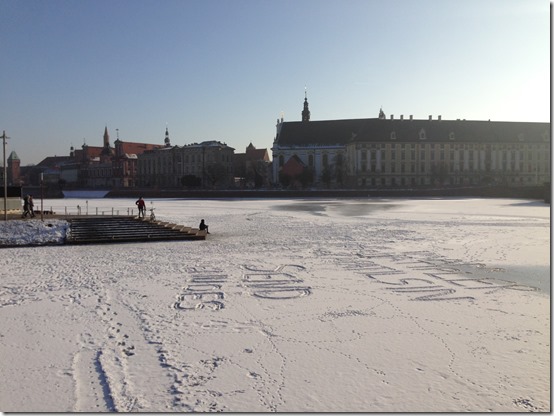
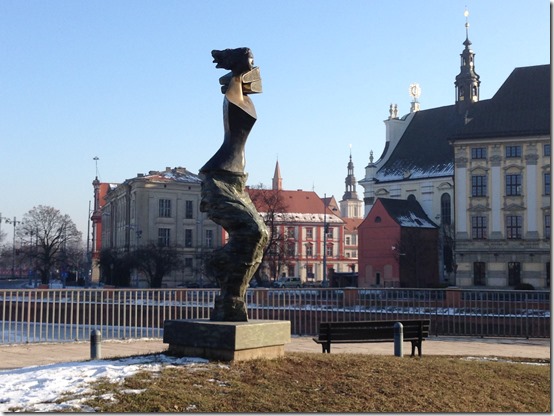
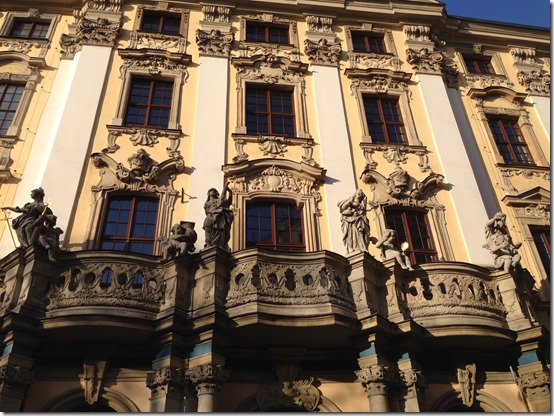
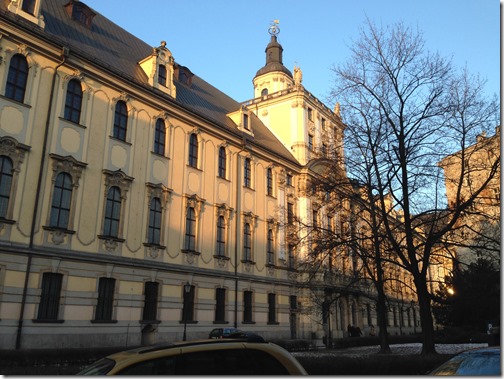
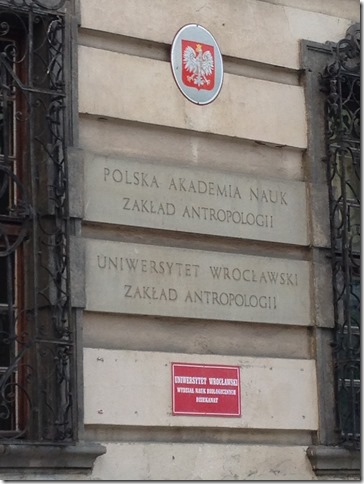
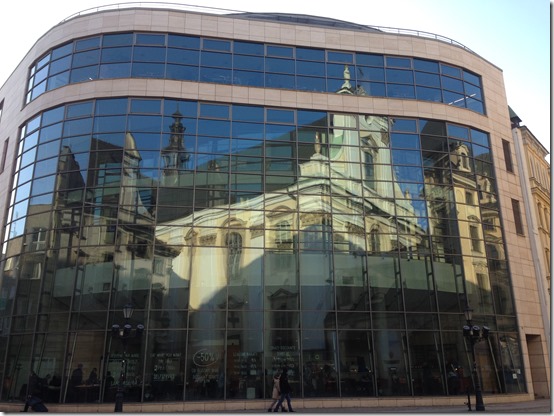

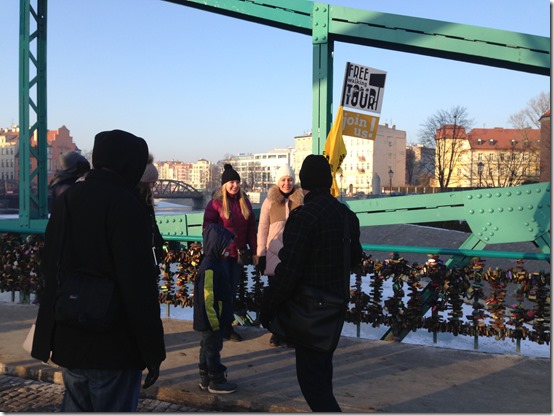
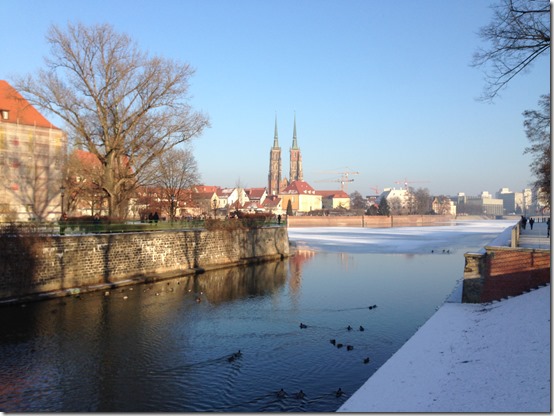
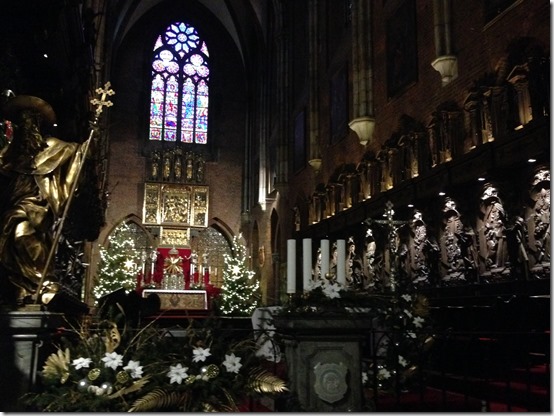
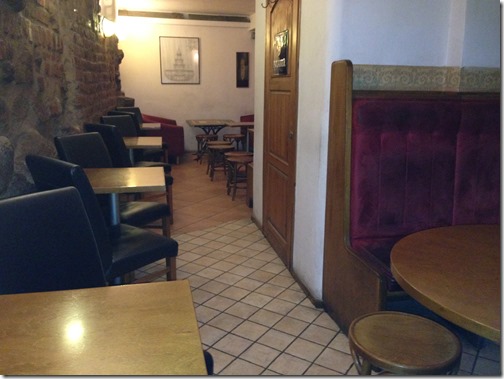
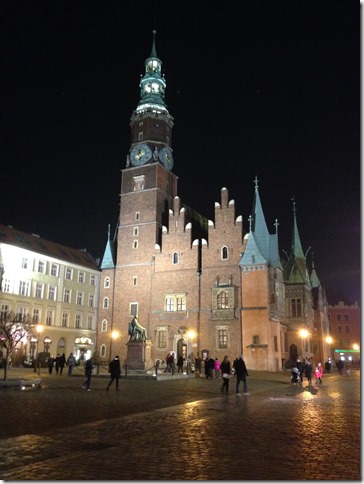
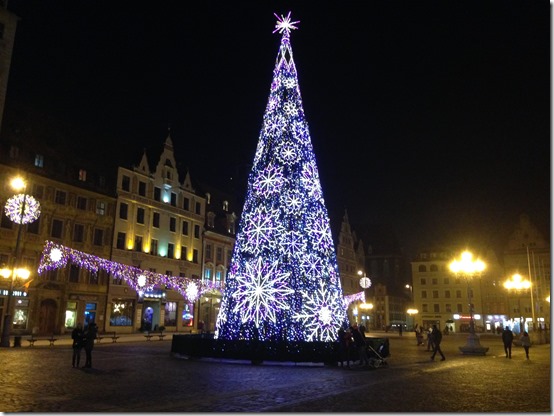
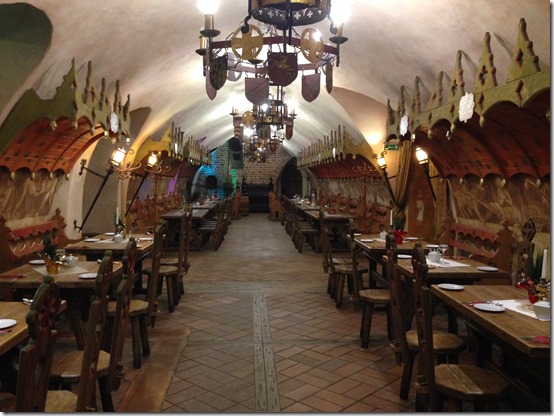
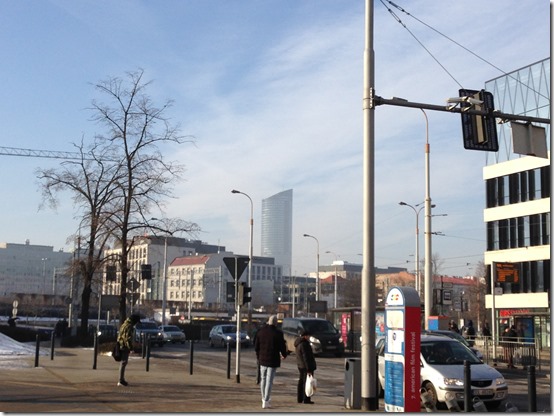
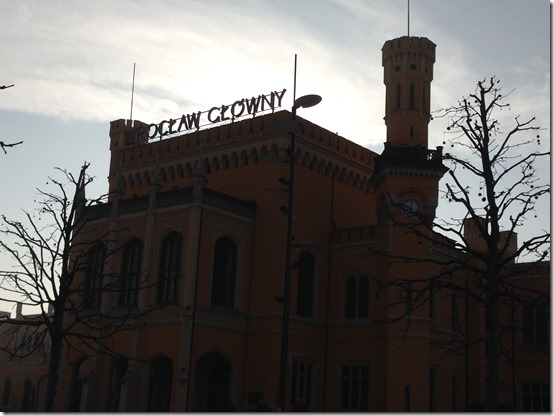

7 Comments
Comments are closed.